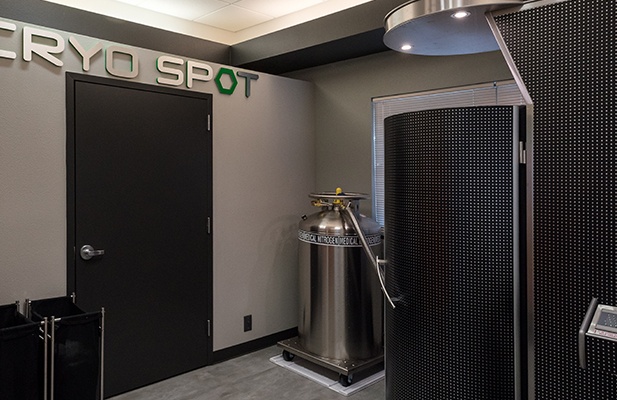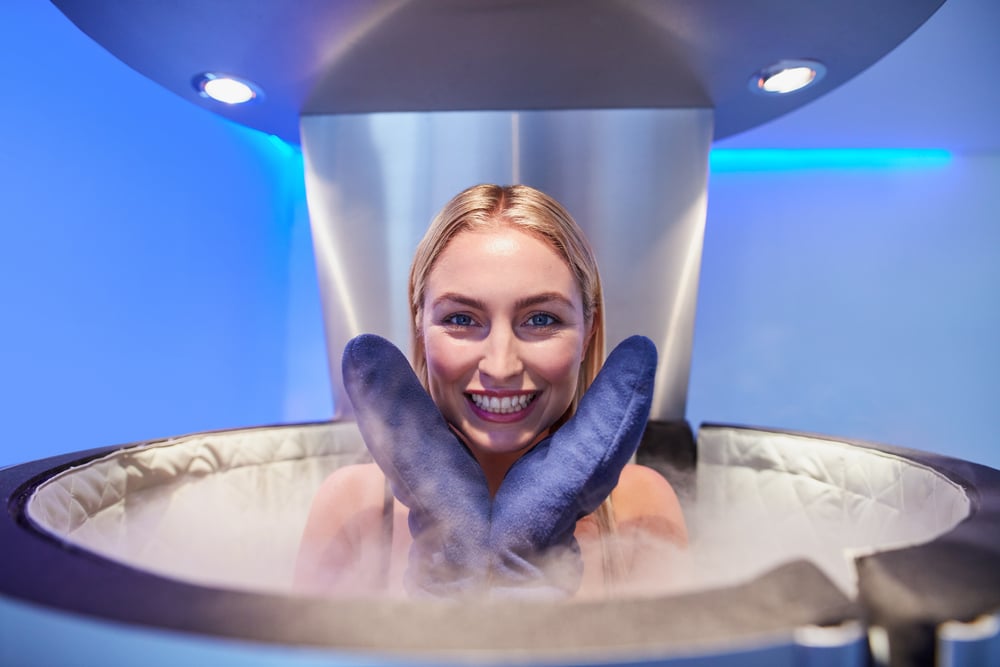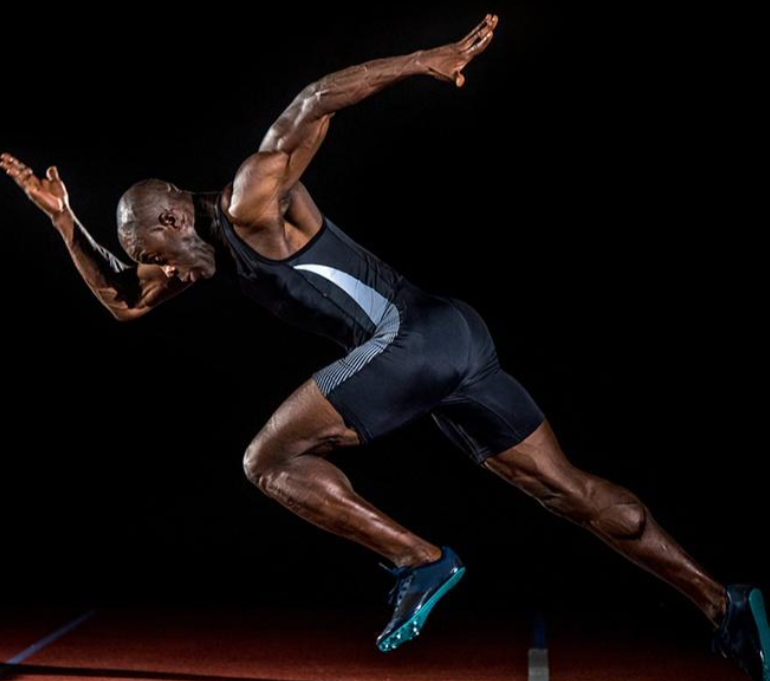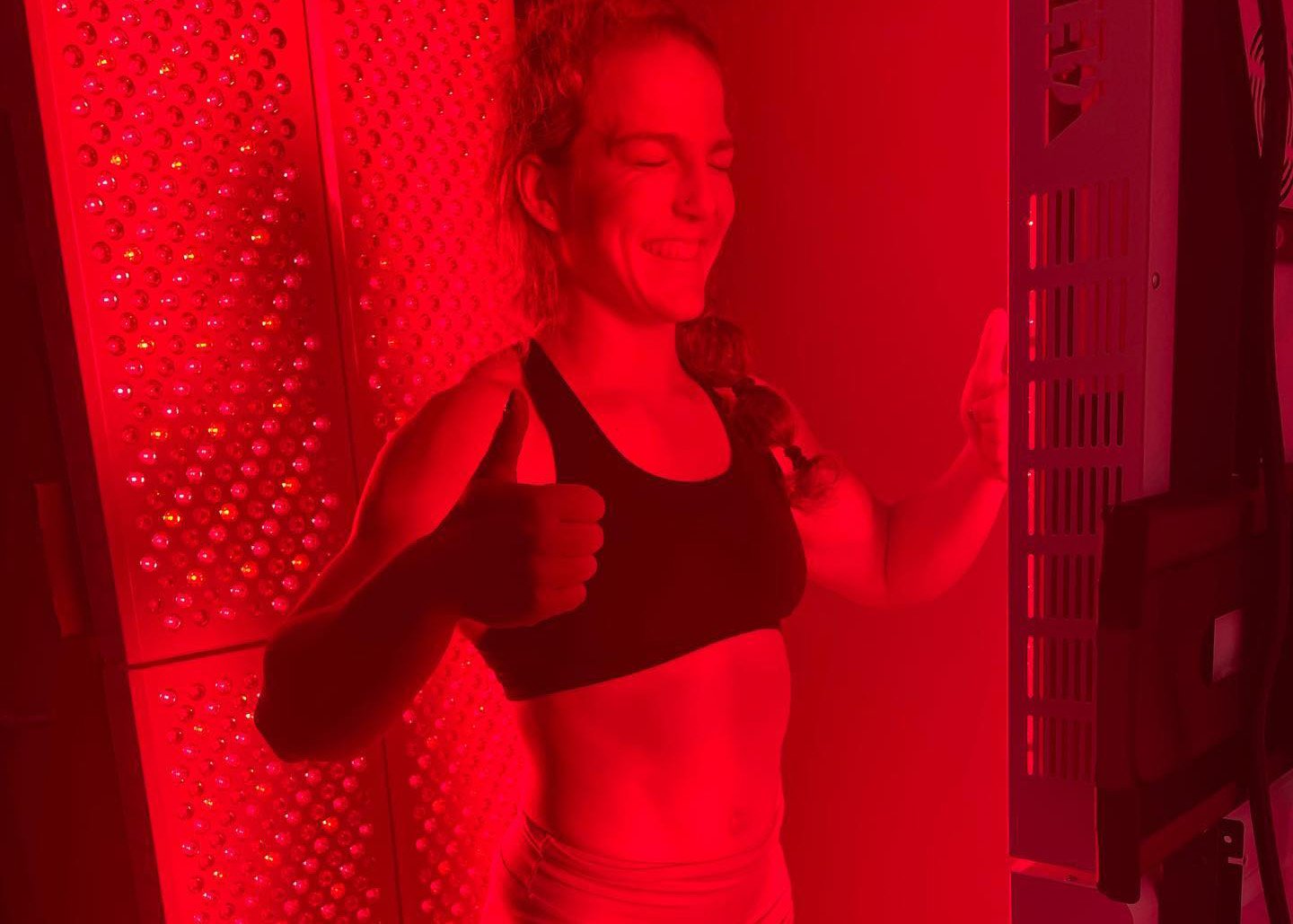
If you are new to the term cryotherapy and wondering what it is, it's important to remember that humans have been using cold temperatures to treat a variety of conditions for centuries.
- Injuries and wounds are often treated with ice
- Athletes have been soaking in cold tubs and ice baths for decades
- Doctors often “freeze off” warts and moles quickly and painlessly
While the idea of using extreme cold in a health and medical context isn't new at all, cryotherapy uses advanced technologies to provide the benefits of extreme cold temperatures. Modern whole-body cryotherapy takes place in a cryosauna, which is designed to deliver the health and beauty benefits of an ice bath, in less time, and with fewer heath risks.
Cryosaunas were initially developed in Japan in the late 1970s, and were quickly adopted by athletes and medical professionals in Europe. In 2010, when long-distance runner Dathan Ritzenhein had a cryosauna shipped to his hotel before running the New York Marathon, American athletes took notice. Today, these saunas can be found all over the world, and are being used by an ever-growing range of people.
Here's how a cryosauna works:
- Inside the chamber, the skin of the whole body (light socks and gloves are worn) is exposed to liquid nitrogen vapor
- This vapor is -200 to -240 degrees Fahrenheit, and during the course of the 2-3 minute treatment, it lowers skin temperature by 30-50 degrees
- This extreme cold triggers multiple systemic reactions in the sympathetic nervous system, including constricting surface blood vessels and directing blood flow to the core of the body, releasing adrenaline and other hormones, and triggering short-term immune responses
- Immediately after treatment, blood flow to the skin is naturally restored by the circulatory system, flooding the system with immune-triggered hormones, anti-inflammatory properties, and increasing oxygen throughout the body.
These natural effects are very similar to those that can be achieved with a traditional ice bath, but an ice bath has a number of significant drawbacks:
- Ice baths take a long time to achieve similar results
- The prolonged time in an ice bath can be physically uncomfortable
- Extended periods of skin exposure to extreme cold increase risks of skin damage and frostbite
- Lowering the temperature of the blood for a long time can reduce the core body temperature
Because a cryosauna affects only the surface skin temperature, with only a half millimeter of the skin affected, and happens so quickly, these negative effects and health risks of an ice bath are avoided.
Whole-body cryotherapy has been found to have a wide range of beneficial effects on every part of the body. Because it stimulates and promotes natural immune responses, it speeds recovery from injuries and the normal stresses of a hard workout, as well as triggering cellular reproduction and reducing overall inflammation. Many people find that the natural endorphins also boost their mood and improve concentration.
Historically, extreme cold treatments have been used for their health benefits, but they have been uncomfortable and risky. Now that safe, effective whole-body cryotherapy is more accessible, more and more people are enjoying an improved appearance, better athletic performance, or simply a mental boost from this ancient practice.









